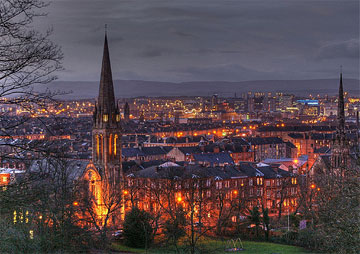Why do cities shrink and grow? Can cultural regeneration help?

It’s a simple question, and there are thousands of case studies. One person who’s been researching the answers is Jasmin Aber, an architect leading research on culture-led regeneration with an international group of research specialists at the Institute of Urban Design & Regional Development at UC-Berkeley.
Why do cities shrink and grow?
Globalization. Technological progress. Educational progress. Aber states in a Smart City Radio interview, “At no other time in the history of capitalist organization, there seems to been have so many opportunities to bring economy, culture, community and place back into some sort of practical and human harmony. So the global society of the 21st century is experiencing a shift from the nation state to the city. In the U.S., we’re experiencing a new renaissance in what a city is. If you don’t have a downtown that’s representative of your strengths… to represent the rest of the world, you cannot compete. You cannot compete through the suburbs – “Come to our region because we have the greatest suburbs” – it just doesn’t sink in, you need to have a center.”
What are cultural regeneration strategies for growth?
“There are very few places that are memorable. The first thing that usually springs to mind is a physical manifestation. What makes it memorable is the celebration of the place through some physical form.”
Glasgow, Scotland – A long-time shrinking city, place-based investments in architecture and culture as a memorable place on the riverfront and now a regular on magazine covers. (pictured)
Singapore, Indonesia – It’s One-Degree project (it’s location relative to the equator), a public-private investment in R&D clustering, creating an environment for work and play, creativity, experimenting, and playing.
San Jose, CA Hosting an events that potentially leads to investments. It’s annual Zero One Festival showcases cutting edge technology and art. More next week.
How are cultural regeneration strategies implemented?
Simply put, leaders from both the public and private sector. Every city has visionary private sector leaders, so it’s essentially up to city leaders (since there are proportionally much smaller in number, especially when it comes to the mayor) to rise to the occasion with them.
Update: Listen to how Mayor Jay Williams is leading Youngstown from shrinking to growth on Smart City Radio.

Leave a Reply